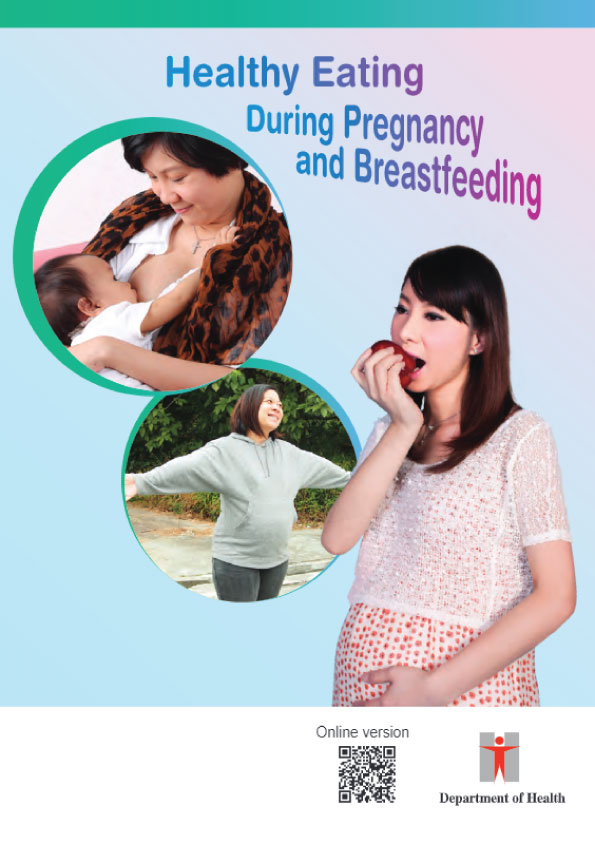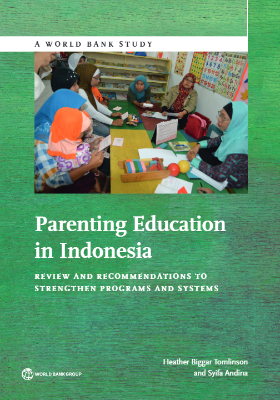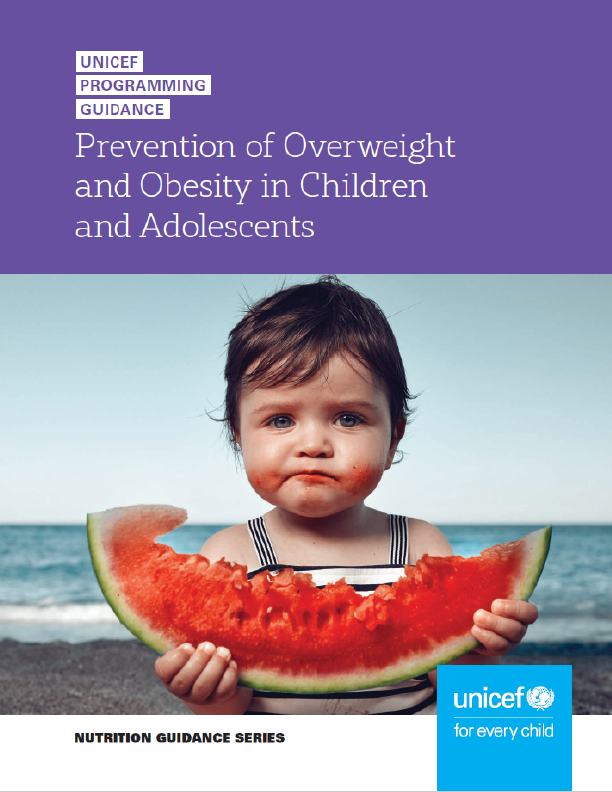Eating a healthy and balanced diet, having regular physical activity and maintaining a healthy weight gain are essential to ensure your baby develop in the optimal nutritional environment. After delivery, provide your baby the prime nutrition and protection against infection with breastmilk. This also benefits the long term health of both you and your baby.
- Nutrients that Are Important for You and Your Baby
- Healthy Eating During Pregnancy
- Meal Plan for a Balanced Diet
- Vegetarian Eating during Pregnancy and Breastfeeding
- Healthy Snacks
- Practise Healthy Eating When Dining Out
- Myths of Food Restriction During Pregnancy
- Foods to Avoid When Pregnant or Trying to Get Pregnant
- Food Safety and Personal Hygiene
- Staying Physically Active During Pregnancy
- Weight Gain During Pregnancy
- Eating Well for Lactating Mothers
- 10 Key points for Healthy Eating During Pregnancy and Breastfeeding
Nutrients that Are Important for You and Your Baby
During pregnancy and breastfeeding, your body has a higher demand for nutrients. The extra demand can be met by making smart food choices.
However, you do not need to eat for two. Overeating can make you put on too much weight and puts you at risk of gestational diabetes and other complications.
Key Points about Changes in Nutritional Needs
| Stage | Key Points about Changes in Nutritional Needs |
|---|---|
| 1st trimester of pregnancy (the first 13 weeks) |
Demand for folate, vitamin A and iodine increases |
| 2nd and 3rd trimester of pregnancy (14th to 40th weeks) |
The requirement for energy and protein increases for the growing baby*. Apart from folate, vitamin A and iodine, there is a higher demand for iron, zinc and omega-3 fatty acids, and a mild increase in calcium requirement |
| Breastfeeding | The body needs an extra of 500 kcal energy a day. Sufficient intake of protein, folate, iodine, zinc, vitamin A and DHA are required to ensure an adequate level of nutrients in your breastmilk. |
*Report of a Joint FAQ/WHO/UNU Expert Consultation 2011 recommended an extra energy requirement of 285 kcal and 475 kcal per day during the second and third trimester respectively assuming the pre-pregnant physical activity level is maintained.
Folic acid
- Adequate intake of folic acid (folate) prevents the foetus from being affected by neural tube defect (malformations of the brain and spinal cord), as well as preventing you from developing anaemia
- You are advised to take a folic acid supplement of at least 400 micrograms (not more than 1000 micrograms) daily when you plan for pregnancy and during the first trimester of pregnancy.
- During pregnancy and breastfeeding, you should consume foods that are rich in folate. You can also take supplement containing folic acid
Major food sources of folate
- Dark green vegetables, e.g. choy sum
- Legumes and beans
- Fruits, e.g. cantaloupe, oranges
- Liver
- Peanuts and nuts
- Folate-fortified breakfast cereals
Vitamin A
- Vitamin A is essential for growth, immune functions and vision
- Colourful fruits, oranges and dark green leafy vegetables, such as cherries, tomatoes, pumpkins, carrots, and sweet potatoes, are rich in beta-carotene which can be turned into vitamin A in the body
- A diet containing colourful vegetables and fruits, eggs and milk provides adequate vitamin A for both you and your baby
Avoid taking supplements containing large quantities of vitamin A
- Taking large amount of vitamin A supplements, such as cod liver oil, for long period of time can damage the liver
- Excessive intake of vitamin A can cause birth defects
Talk with your doctor or pharmacist when you plan to take vitamin or mineral supplements.
Iodine
- Iodine is necessary for the normal functions of the thyroid gland
- Iodine is essential for your baby’s growth and brain development. Iodine deficiency may cause serious health consequences for the baby
- Demand for iodine increases during pregnancy and breastfeeding. The World Health Organization recommends pregnant and lactating women should consume 250 micrograms iodine a day
- It is difficult to get enough iodine from diet alone during pregnancy and breastfeeding. To prevent iodine deficiency, you should take a prenatal multivitamin/multimineral supplement that contains at least 150 µg iodine every day
Food source of iodine
- Marine fish, seafoods (e.g. prawns, mussels, oysters, etc.), egg, milk and milk products, nori seaweed and kelp are foods with more iodine
- Seaweeds are rich in iodine content
- Kelp, in particular, contains a very high level of iodine. Consume kelp in moderation and no more than once a week. Overconsumption of kelp for a long time can have an adverse effect on the thyroid function
| Food | Iodine content*(µg) |
|---|---|
| 1 Chicken egg (63g) | 18 |
| Seaweed snack 1g | 34 |
| Skimmed milk 250ml | 20 |
| Golden thread (fish) 100g | 36 |
| Yoghurt 100g | 29 |
| Horsehead (fish) 100g | 35 |
| Prawn 100g | 44 |
| Canned sardines 100g | 19 |
| Mussels 100g | 140 |
| Big Eyes (fish) 100g | 18 |
*Source: Risk Assessment Studies, Report No 45, Dietary Iodine Intake in Hong Kong Adults. July 2011. Centre for Food Safety, Department of Food & Environmental Hygiene, HKSARG.
How can I get adequate iodine?
- Take a prenatal multivitamin/multimineral supplement that contains at least 150 µg iodine every day. You should consult your health care professional to choose a suitable supplement. You should read the product label and check its iodine content when choosing one yourself;
- Use iodised salt in place of table salt for cooking. Store the salt in a tight and coloured container and add it just before serving;
- Consume foods with iodine, including seafood, marine fish, eggs, milk and milk products;
- You can choose seaweed snacks with lower sodium and fat content. Kelp (or its soup) should only be consumed occasionally.
Women having an active-thyroid problem also require more iodine during pregnancy and breastfeeding. Since increase in iodine intake may affect the thyroid functions, you should inform your attending doctor. You may need a close monitoring of the thyroid function as well.
You may refer to “Do you have adequate iodine?” pamphlet for common questions about iodine intake
Iron
- Adequate iron intake ensures normal foetal growth and brain development and prevents anaemia during pregnancy and after delivery
- You need more iron in the third trimester to build up the iron reserve for the growth of the baby in the first few months of his life
- Foods rich in iron are usually also rich in zinc. Zinc is important for your immune functions and foetal development. It also helps wound healing.
- Consume a variety of iron rich foods. Dark green leafy vegetables, dried beans, and nuts also provide folate, calcium and dietary fibre which is good for your gut.
Food sources of iron
- Iron in fish, poultry, seafood, egg, red meat (beef, pork, lamb) is more readily absorbed. Consume red meat in moderation. Limit intake of liver because it is high in vitamin A.
- Green vegetables such as choy sum, bok choi, spinach
- Dried beans such as lentils, red kidney beans, chickpeas, etc.
- Nuts such as almond, cashew nuts, etc.
- Iron fortified low sugar breakfast cereals.
Vitamin C
- Vitamin C helps your body absorb iron from foods. Include a source in your diet such as fresh vegetables and fruits, e.g. oranges, kiwi fruits and strawberries.
Calcium
- Calcium is the building block for bones and teeth
- Pregnant and lactating women require 1000 mg of calcium daily
- Inadequate calcium intake during pregnancy may increase the risk of preterm labour and gestational hypertension
- During pregnancy and breastfeeding, you are advised to consume 2 glasses of milk or calcium-fortified soy milk each day and choose calcium-rich foods such as dark green leafy vegetables and tofu
- You may refer to “Meeting Your Calcium Needs” pamphlet for more ideas to make your diet calcium-rich.
Food sources of calcium
- Milk, cheese and yoghurt. Choose low fat varieties
- Calcium-fortified soy milk, tofu which is made traditionally with calcium salt
- Dark green vegetables, such as choy sum, kale, bok choi, mustard green, broccoli
- Sesame seeds and nuts
- Dried shrimps, small dried fish and fish eaten with bones (such as sardines)
Foods provide 300 mg calcium
- 1 cup of milk
- 2 slices of cheese
- 150 g of yoghurt
- 300 g choy sum
- 1 cup of calcium-fortified soy milk
- ½ block of tofu set with calcium salt
- 1 bowl of tofu dessert
- 200 g kale, bok choi
- 3 pieces of sardines
- 3 tablespoons of sesame
Calcium content of other foods*
| 2 slices of whole wheat bread | 100 mg |
| 15 g of almond | 40 mg |
| An orange | 60 mg |
| 10 g of dried anchovies | 59 mg |
| 10 g of dried small shrimps | 55 mg |
*Source of data: website of the Centre for Food Safety
Tips: Calcium in the dark green leafy vegetables is better absorbed than that of milk. Most of the calcium is found in the leaves rather than the stalks.
Learn more about the other nutrition facts in the flip book!











